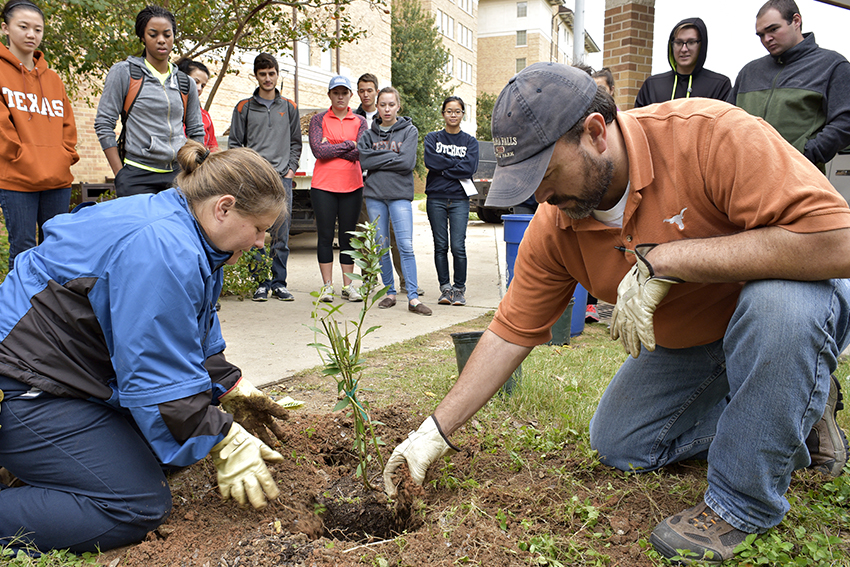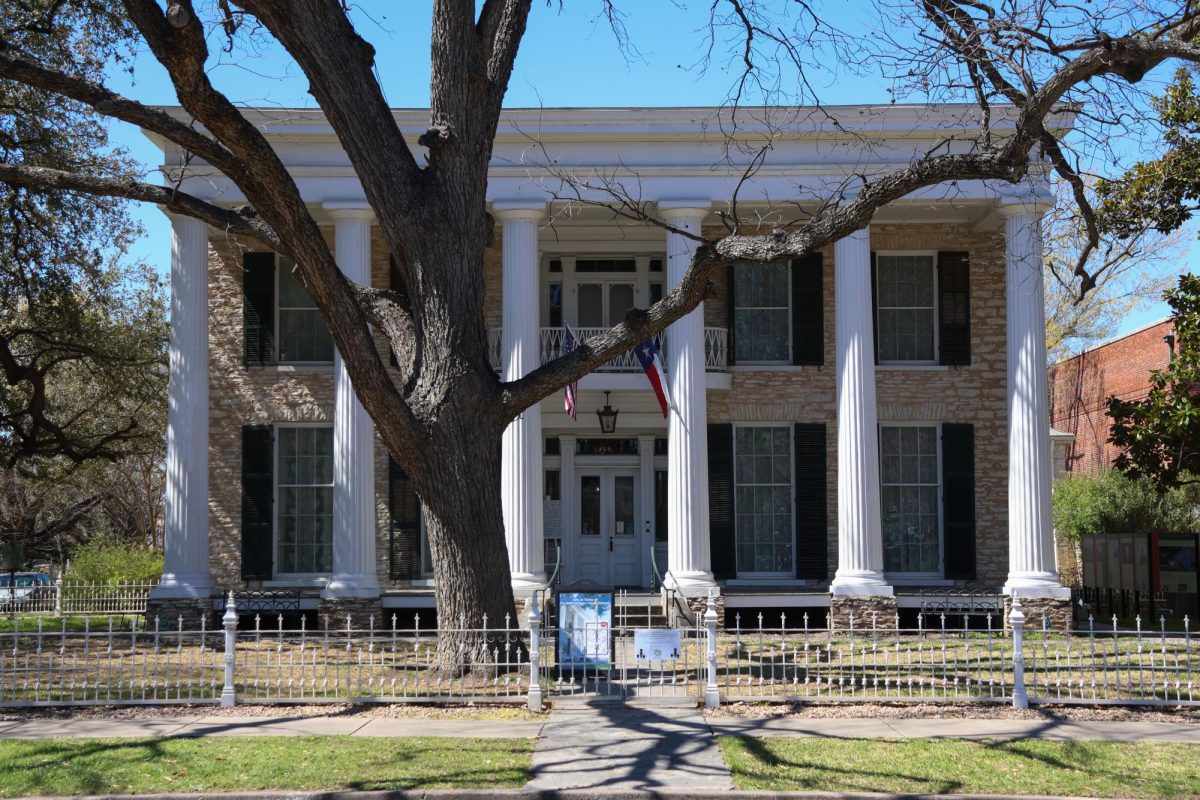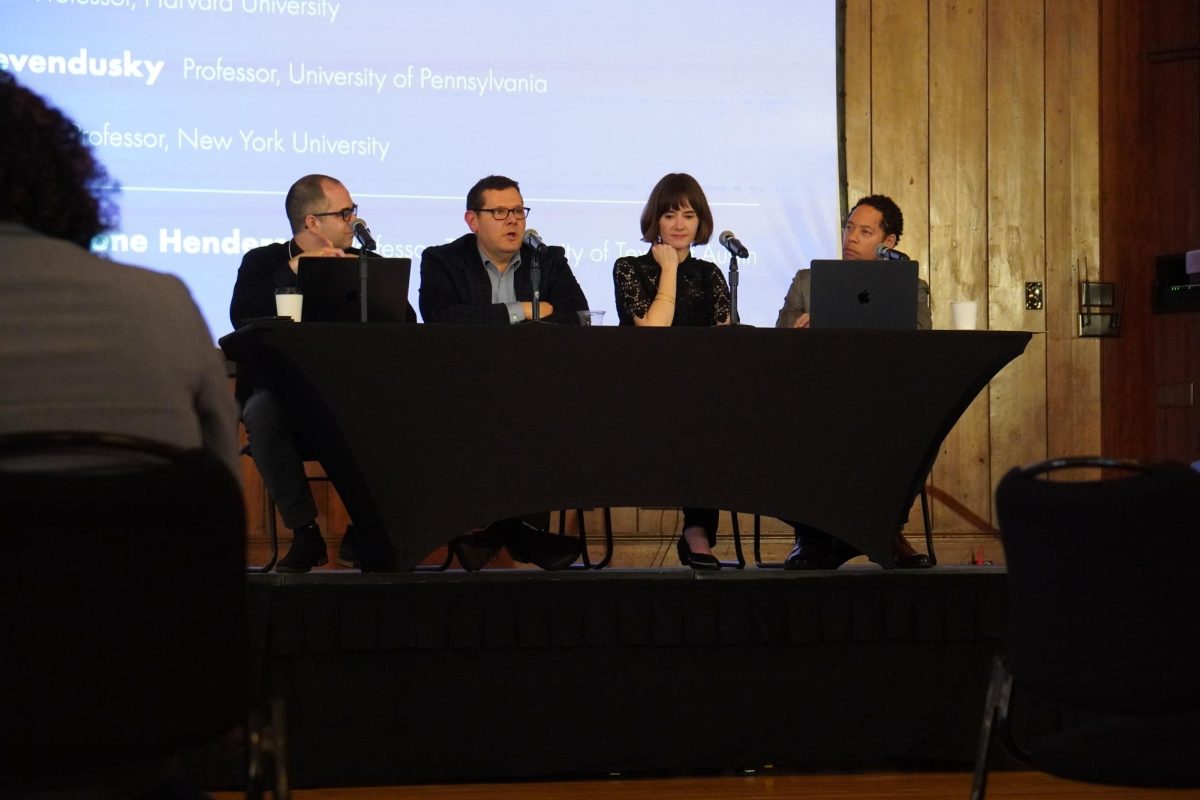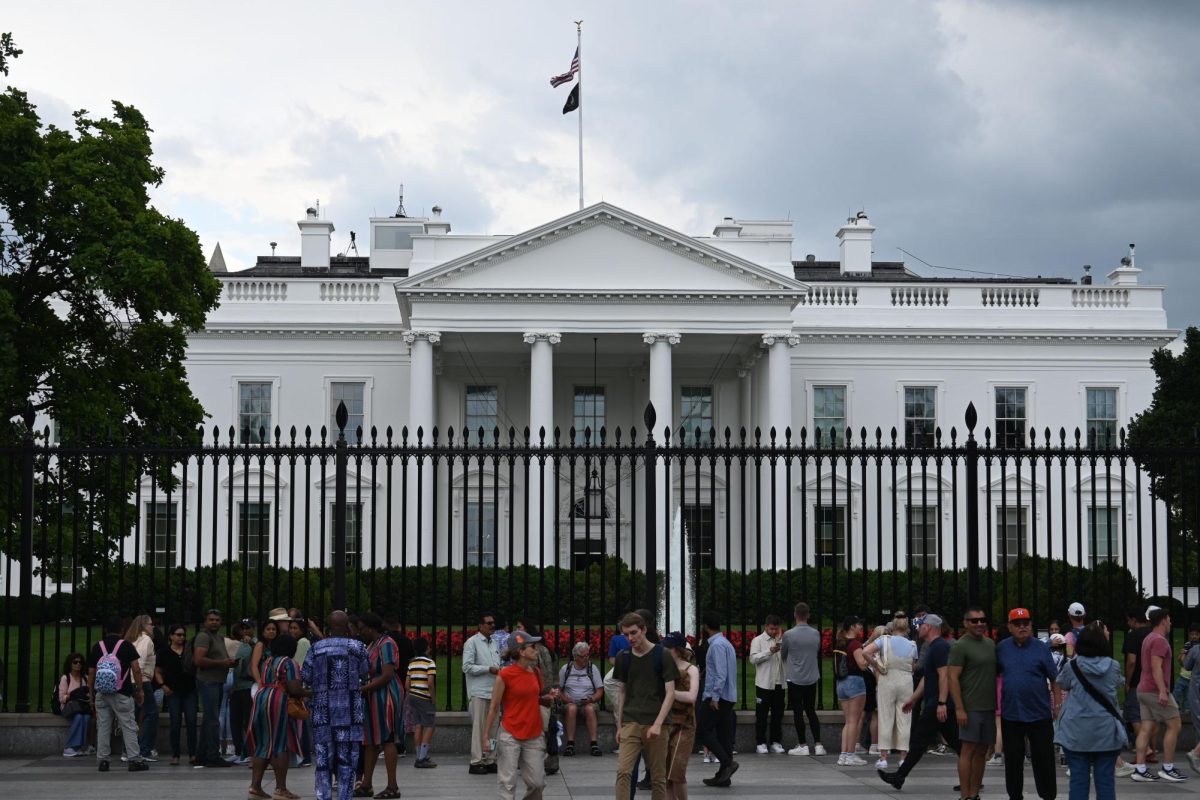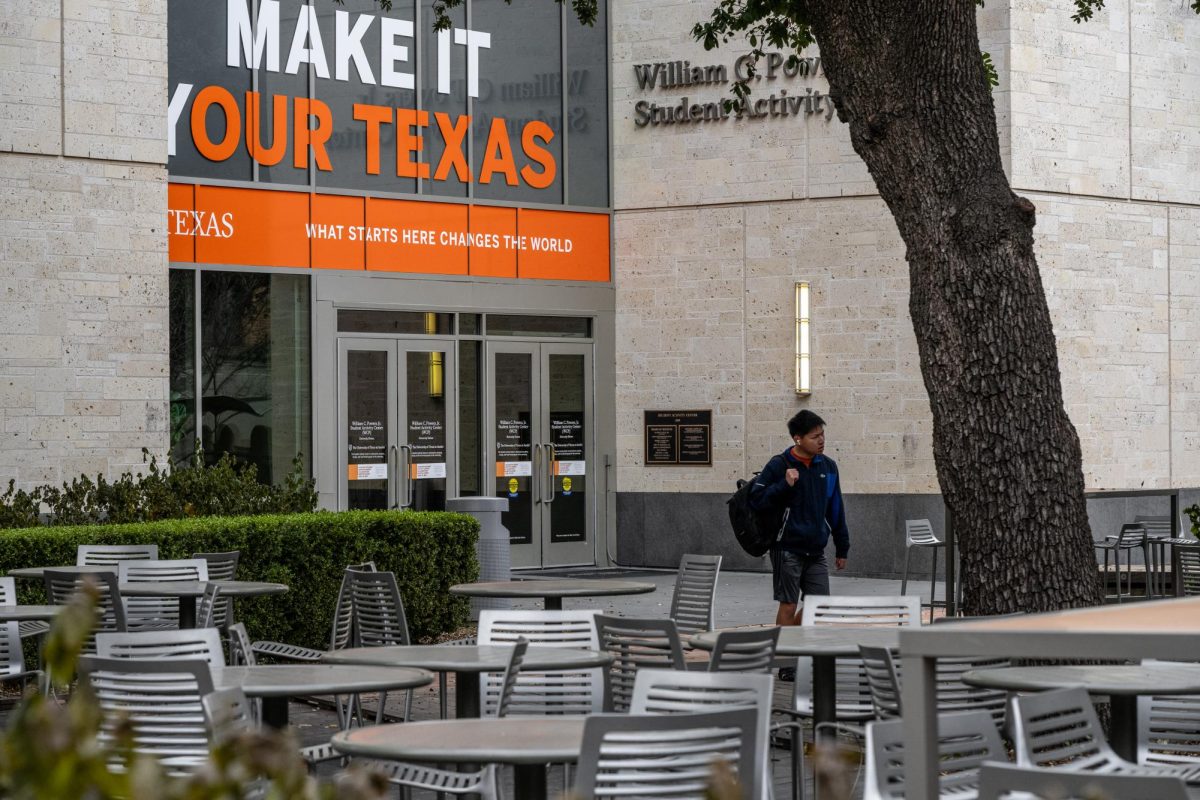A Himalayan deodar cedar, transported to UT in 1893, stands 58 feet tall in front of the historic Littlefield House. Droves of students walk by it every day, many unaware of the history of the tree, the largest of its kind in Texas. But information about every tree on campus will soon be available to members of the UT community through an interactive platform called My Tree Keeper.
UT partnered with the Davey Tree Expert Company to catalog every tree on campus, 3,835 trees in total. They will provide data about the tree’s health and history that will be accessible on the My Tree Keeper website in mid-November.
Jim Carse, assistant manager of Urban Forestry and project manager for the survey, said he hopes the platform will provide ecological knowledge to students, ensure the trees stay healthy and allow his team to more efficiently manage the trees.
“We want a new inventory that’s more up to date, more user friendly, more mobile and more accurate than what we had last time to help better manage the trees,” Carse said.
The new platform will track each tree’s financial impact on surrounding buildings. Carse said trees can actually save money for the University, cooling buildings in the summer and warming them in the winter as well as adding aesthetic value to the campus.
“Trees give a lot of benefit other than just shade,” Carse said. “One of the things we’re very interested in is giving the UT systems folks, who build the buildings and manage the construction projects, accurate tree information.”
Naomi Rotramel is a consulting arborist with the Davey Resource Group and works with Carse to gather data on all the trees.
“In the late ’90s, they started doing a tree inventory on my campus,” Rotramel said. “So here I am 20 years later doing it for universities. This is an honor.”
Rob Plowes, a biological research scientist at Brackenridge Field Laboratory, serves on the UT-Austin advisory committee for Tree Campus USA, which provides guidelines for research activities such as the new tree inventory. He said the project will allow for more than just the ability to monitor trees.
“The importance of it is not so much counting trees and putting numbers on a chart,” Plowes said. “The importance is the contribution to the sustainability of the campus and to the knowledge and the awareness the students will take from it.”

